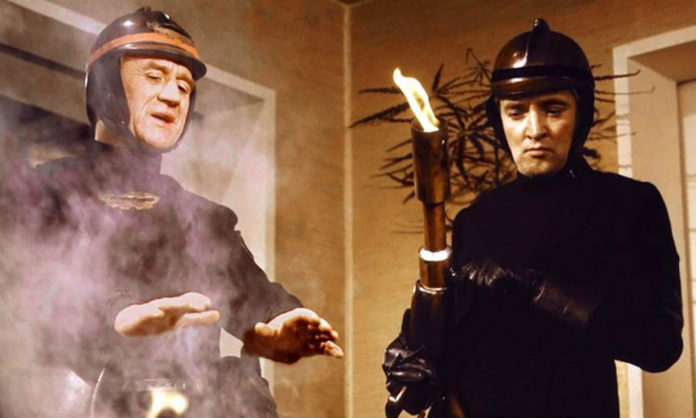In a guest post on Jane Friedman’s blog, Sharon Oard Warner describes what you need to craft a good scene. “Before you begin drafting a scene, take a few minutes to think through the specifics,” Warner says. “A little preparation will make a big difference in the way your scene unfolds.”
While some writers prefer not to plan too far ahead, you might find that inspiration strikes more often when you’re better prepared. Warner suggests you try a short journaling session before you start writing, to brainstorm specifics. She’s used this technique in her graduate workshops and found her students’ writing noticeably improved.
In your journaling session, take notes on:
- General and specific location elements
- Season, temperature, and time of day
- The characters present and what they bring to the scene, including props, moods, and wants
- The business of the scene and what topics are likely to arise
Warner also suggests this technique for building a scene sequence. “At major plot points, one scene may not be enough,” she explains. “At these junctures, you will often require something called scene sequences.” Scene sequences are a cluster of scenes that are held together by a shared context or situation. In Fahrenheit 451, the climax scene builds over a number of pages, as Montag finds himself outside the city, surrounded by strangers. Then war comes to the city, which is destroyed by bombs. “If you review that long scene sequence, you’ll find the early pages are preparatory, and the later pages conclusive,” Warner says.












